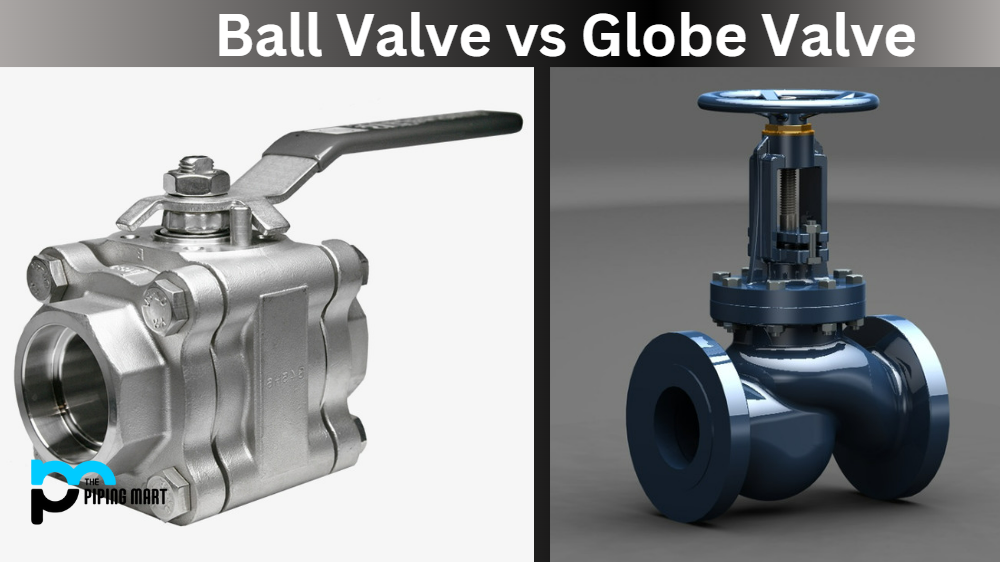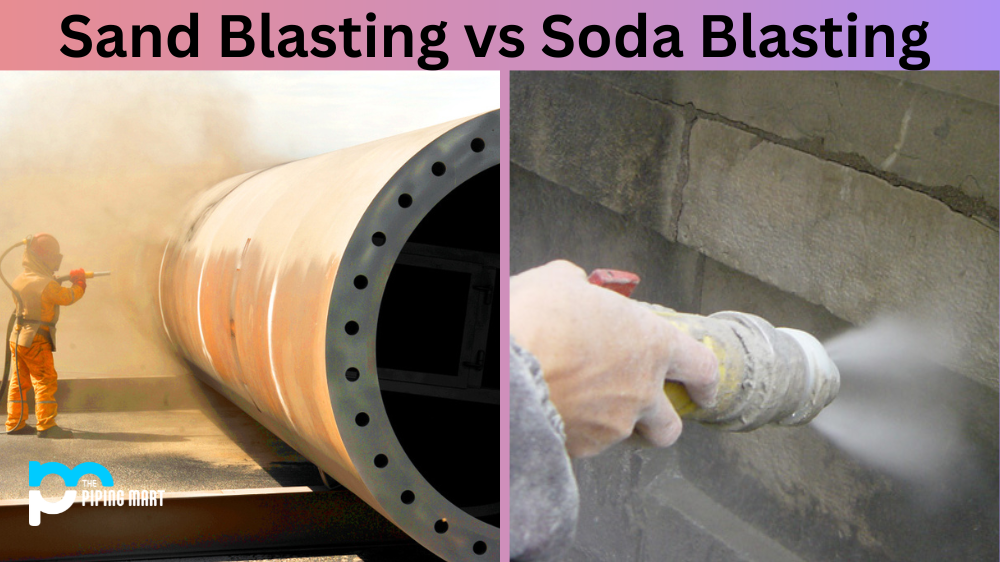When it comes to industrial applications that require the reliable, efficient, and seamless flow of liquids and gases, choosing the correct valve is critical. Two of the most commonly used valves are ball valves and globe valves. While both are designed to regulate, stop or change the direction of fluid flow, they have distinct differences that set them apart. In this blog, we’ll explore the differences between ball valves versus globe valves and discuss which one might be the best choice for your particular application.
Difference Between Ball Valve and Globe Valve
Design and Function
Ball valves are quarter-turn valves that use a hollow, perforated ball to control flow. The ball is rotated 90 degrees to open or close, providing a total bore and unobstructed flow path when open. Globe valves, on the other hand, use a disk or plug that moves up and down along a vertical stem to regulate fluid flow. The body of a globe valve has an S-shaped or streamlined contour, which causes throttle or restriction of the fluid as it moves along the flow path.
Flow Control and Efficiency
Ball valves have a quick and easy operation, making them ideal for applications that require frequent on-off cycles or where tight shutoff is needed. They also offer a straight, unobstructed flow path, which minimizes turbulence and pressure drop, allowing fluids to flow more smoothly and efficiently. Due to their plug-and-seat design, globe valves are designed for applications requiring precise flow throttling or flow control. This design, however, creates a higher pressure drop and results in lower overall efficiency.
Pressure and Temperature Ratings
Ball valves are constructed to handle higher pressure and temperature ratings than globe valves due to their rigid metal-to-metal sealing design. They are also ideal for applications requiring “bubble-tight” shutoff capabilities, such as gas or vacuum systems. Globe valves, on the other hand, have a softer seating material, making them more susceptible to wear and tear over time. As such, they are not recommended for highly high-pressure systems.
Material Compatibility and Cost
Ball valves are typically made from stainless steel, brass, or bronze, which makes them resistant to corrosion, wear, and high-temperature environments. Globe valves, on the other hand, have various materials for housing, plug, and seat, which should be carefully selected based on the fluid being controlled. Depending on the application, a ball valve can be more cost-effective due to its reduced maintenance and longer lifespan. Globe valves, on the other hand, have a higher initial cost and are often reserved for applications that demand precise flow control.
Applications
Ball valves are commonly used in oil and gas, automotive, marine, and chemical processing industries. They are ideal when quick on-off or tight shutoff is required. Globe valves, on the other hand, are commonly used in applications such as steam systems, water treatment plants, HVAC systems, and anywhere precise flow control is necessary.
Conclusion
There is no one-size-fits-all solution when choosing the correct valve for your application. Ball and globe valves have unique features and benefits that make them suitable for specific applications. Your choice depends on the flow requirements, pressure and temperature range, chemical compatibility, and lifecycle costs. Consulting with a qualified valve supplier can help you make an informed decision as to which valve will best suit your needs.




